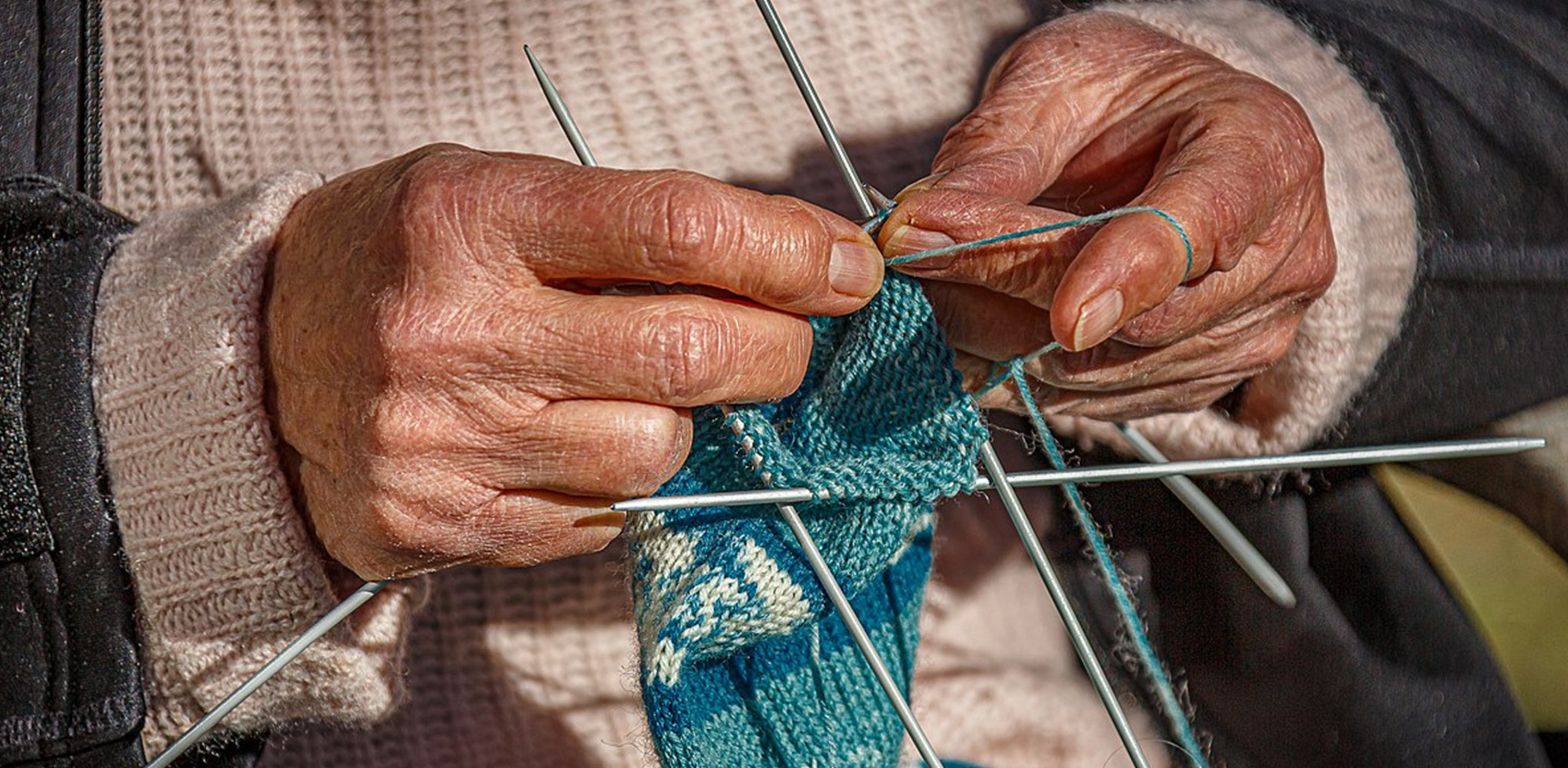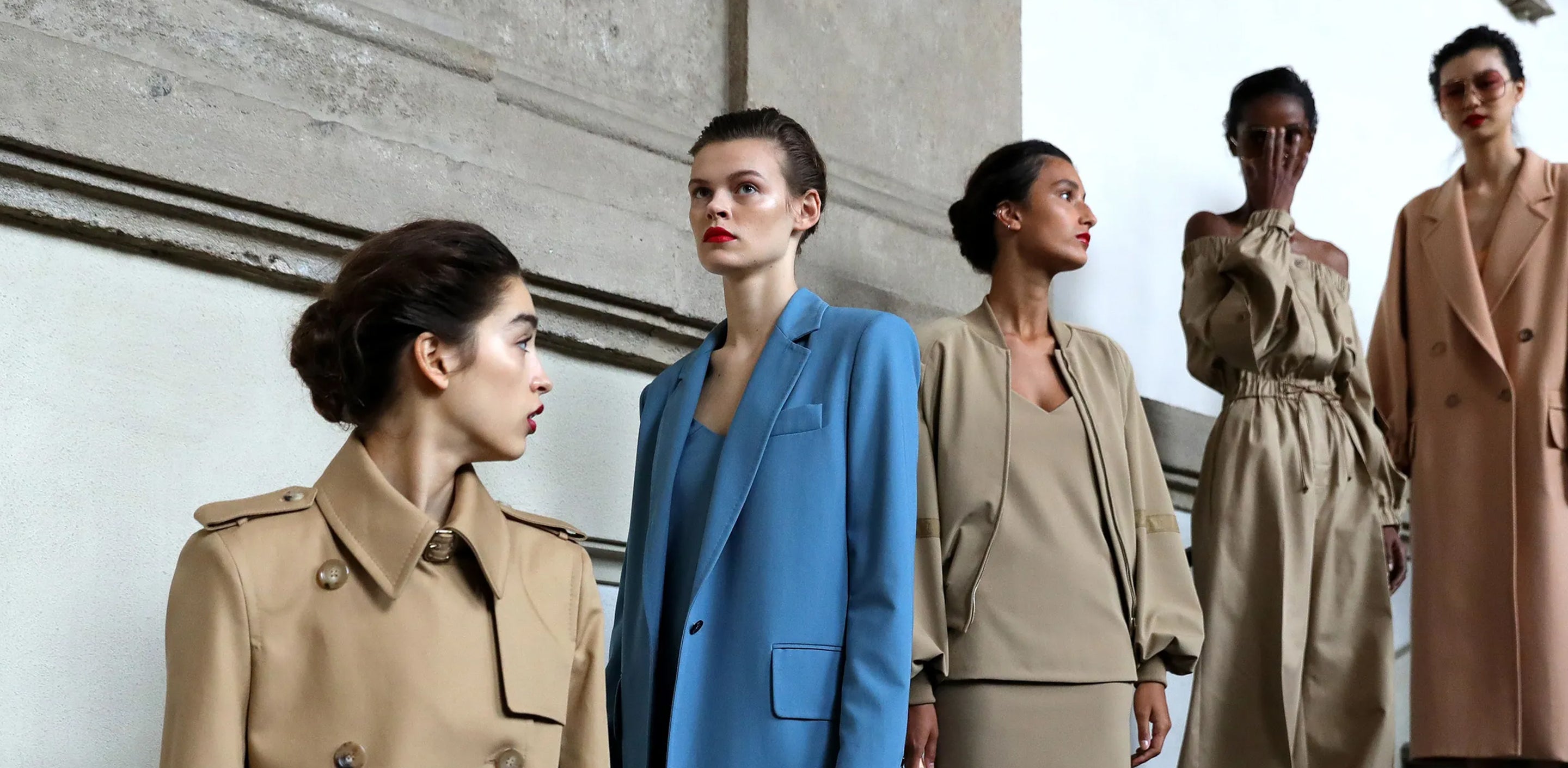Trends are not built overnight, they take a lot of effort and consideration for design and creation. Handbags, boiler suits, hats, and shackets are now becoming the trending part of global fashion through deliberate manufacturing and showcasing. Everything from the introduction of the trend to the manufacturing of the fabric to the selling of them is a part of the rich ecosystem in the apparel industry.
The exciting part is that this is not just a part of art, it is also science and known as - Fashion Merchandising.
In this blog, we will explore the meaning, history, and role in the industry so that you can take your retailing business to the next level.
Fashion Merchandising

The easy way to explain fashion merchandising is by planning and processing of buying and selling material just to make a profit. In detail, it can be said that fashion merchandising is a process of planning that goes through a detailed elaboration of promotion and showcasing the materials at the correct time with significant pricing.
In order to achieve this, a series of factors are taken into consideration which is categorized as the point of view of the clients, present and past sales records, selection of merchandise, brand identity as well as product promotion.
An established fashion merchandising comprises meticulous planning and established communication between consultants, specialists, managers, and buyers. Well, it can easily be said that there are numerous significant engagements to think of that include organizing the accounts, stocking fabrics, showcasing the product on social media, and lastly identifying or forecasting consumer trends.
If we go in for specific details, fashion merchandising involves these functions-
- Trends that are solely dedicated towards garment manufacturing as well as production.
- Buying the material in order to sell
- Identifying the retail prices
- Displaying the fabrics or other materials in an attractive way
- Developing campaigns and promoting the product to encourage customers
History of Fashion Merchandising
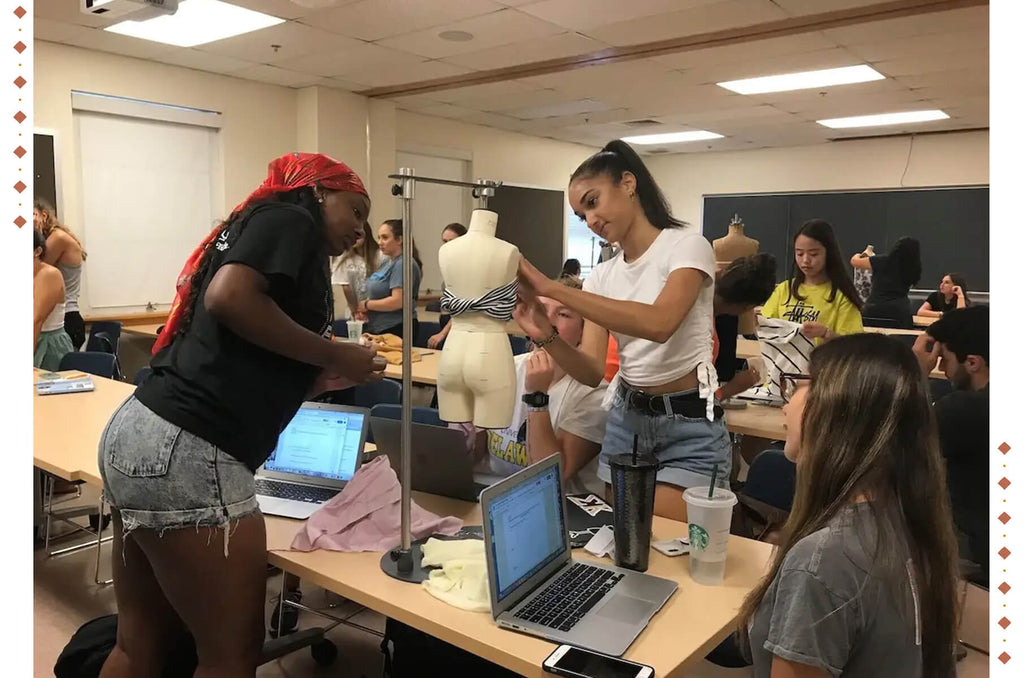
Over the centuries fashion merchandising has come a long way. Within the fashion industry, the most noticeable and one of the biggest shifts is centered around the value which has been put upon the demands of a client. In olden times, traders did not prioritize the needs of their customers' place if they tried to convince shoppers of the significance of their product.
We can explain it by taking cotton fabric, wherein the trader is elaborating on the significance and characteristics of the fabric rather than prioritizing the needs of the customer, and ignoring the kind of textile they need for their project.
In present times the souks have been transformed into malls and department stores which are present solely for the needs of their clients. Shoppers are now becoming the most important aspect of fashion merchandising. So now your views do matter!
The experience of the client is tailored according to the expectation as well as the behavior of the customer, making your shopping experience much more personalized in current times.
Operating Fashion Merchandising in the Modern era
Do you know that there are quite a few distinct roles covered under fashion merchandising? These include retailers, manufacturers, managers, marketers, and merchandisers. Their responsibilities and roles are different from each other, also the way they fit in the big frame of merchandising.
Role of Manufacturers
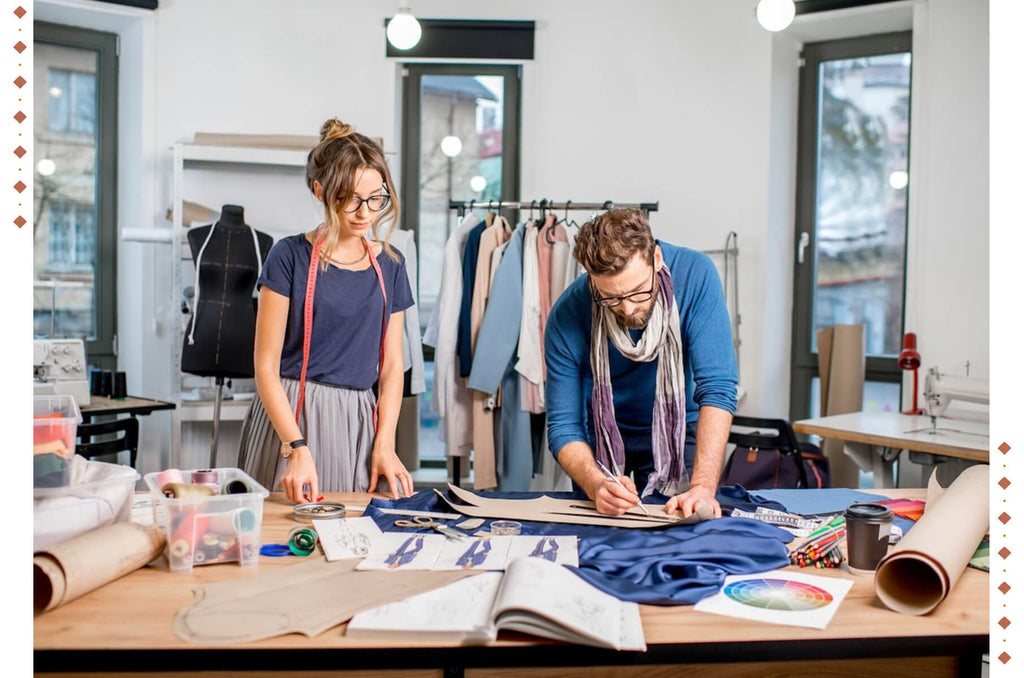
To cater the desires of consumers, manufacturers play a very significant and active role in predicting fashion trends. By examining they determine the tiny details of the product, from size, color, and quantity to cost. While deciding such requirements, clothing manufacturers often consider the demand of their clients and retailers. According to this, the designers curate the clothing which eventually generates revenue.
Role of Retailers

Similar to manufacturers, retailers also work with trend forecasting. They carefully examine the behavior and requirements of the customer. Their collections are curated based on the details that a shopper offers, this includes cost, trends, and designs. Along with this the present and past sales and the events occurring around the globe are also considered.
Where do fashion merchandisers fit into the industry?
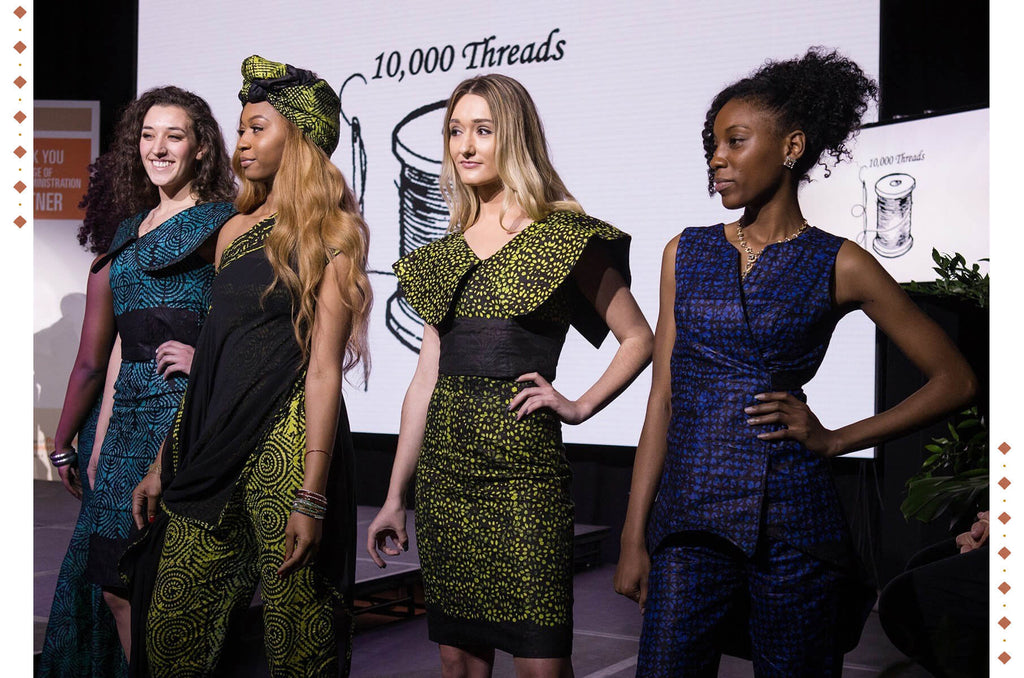
Being a fashion merchandiser is one of the many roles played within the fashion industry. This comprises production, development of the product, trend forecasting, purchasing, and distribution.
So what exactly their role is? Well, fashion merchandisers work with fashion designers in order to curate different designs that are combined with the desires of the market and requirements of a brand or a wholesaler. The choice made by a fashion merchandiser can predict everything, it can be the direction of a campaign to any other aspect as this will in the end conclude to be the success of the brand.
Fashion is more than just curating designs. Initiating from planning and producing to showcasing the product, fashion merchandising is considered a conscious process. With the assistance of novel technologies, retailers and fashion brands can smartly predict the trend, create fashion merchandising efficiently, and relinquish the engaging journey of customers which eventually elevates conversion and multiplies profits.
FAQ
What are the roles and responsibilities of merchandising?
To name a few, organizing campaigns for advertisement, maintaining the inventory, trend forecasting, and analyzing the data of sales are some roles and responsibilities of merchandising in the apparel industry.
What is the importance of fashion merchandising in the fashion world?
Ensuring efficient visual merchandising within the fashion world is one of the significant aspects of fashion merchandising.
We also happen to be a magnet for suggestions, and would love to catch yours….throw us yours on hello@fabriclore.com



